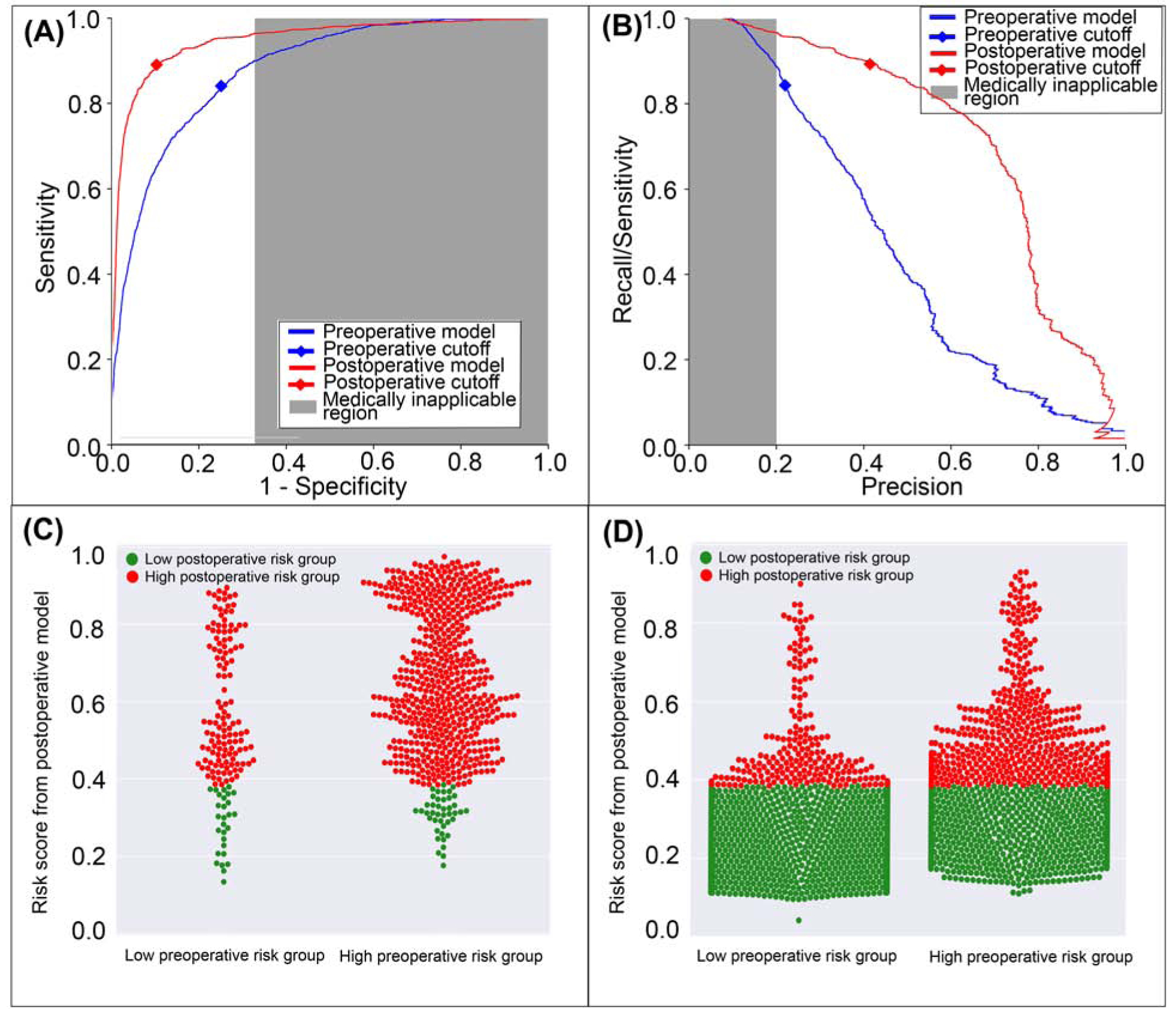Figure 3: A model using both preoperative and intraoperative data outperformed a model using preoperative data alone in predicting postoperative mechanical ventilation >48 hours.

A: The postoperative model had greater area under the receiver operating characteristic curve (0.96 vs. 0.89). B: The postoperative model had greater area under the precision-recall curve (0.71 vs. 0.45). The postoperative model reclassified cases that did (C) and did not (D) feature prolonged mechanical ventilation. Red dots are patients at high-risk prolonged mechanical ventilation according to the postoperative model; green dots are patients at low-risk. C, D: The postoperative model correctly reclassified 10.0% of all cases. Gray areas represent regions for which predictive discrimination or precision are ≤0.2, precluding reasonable clinical application.
